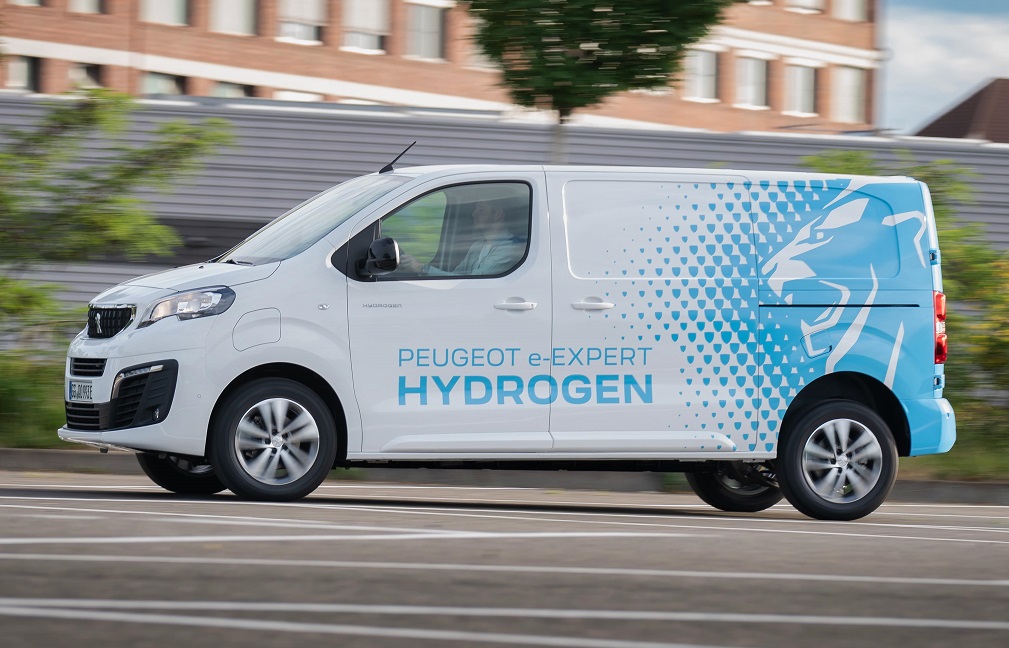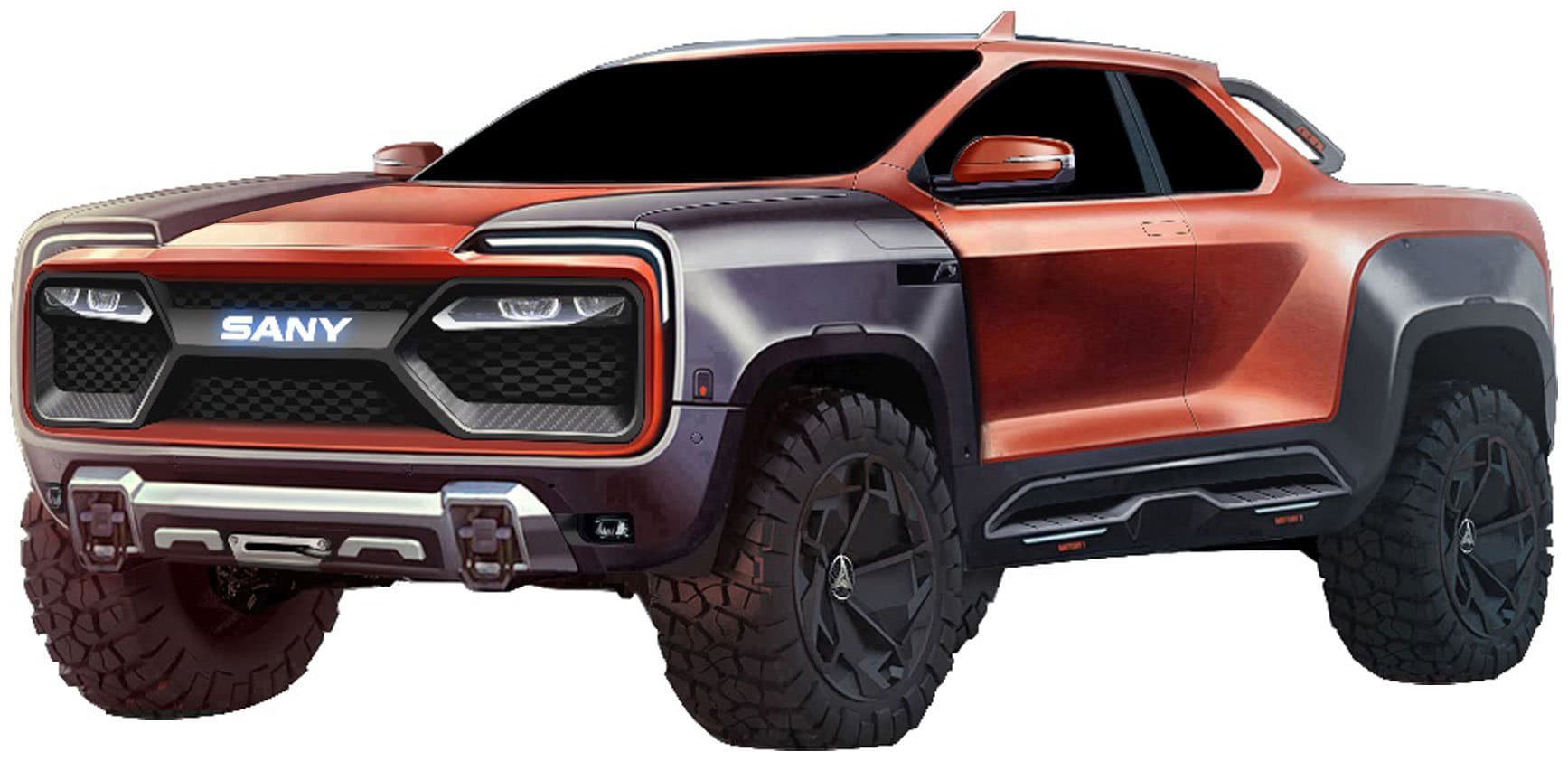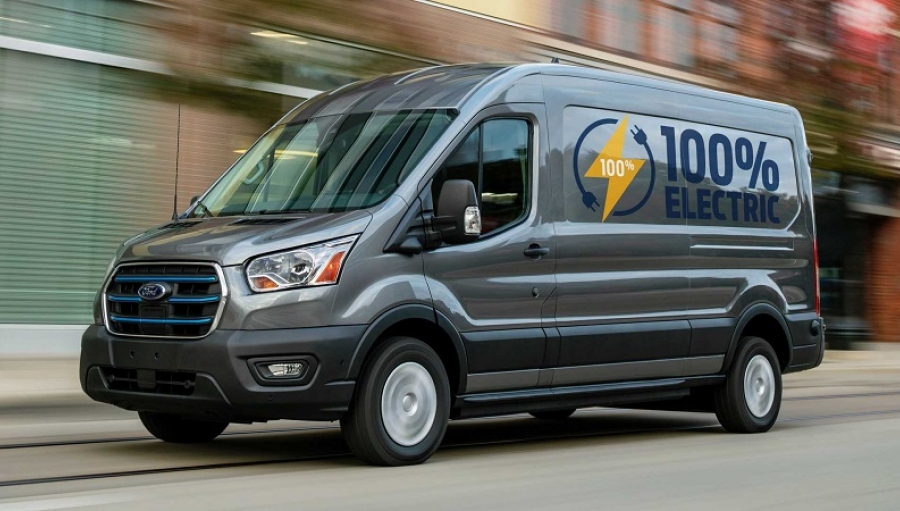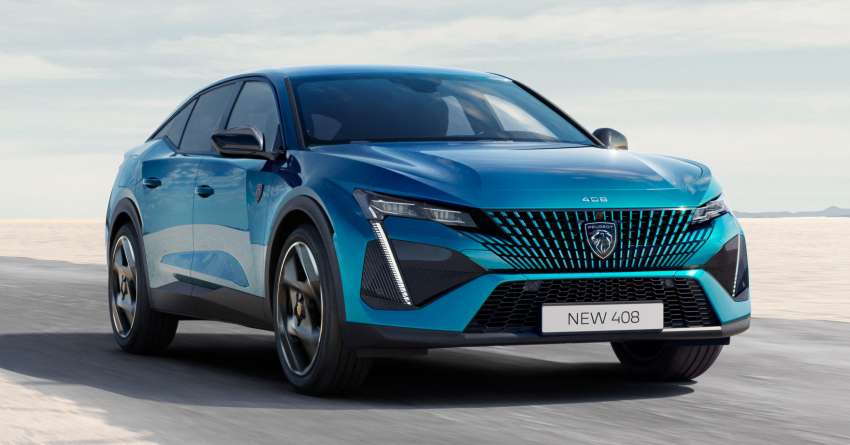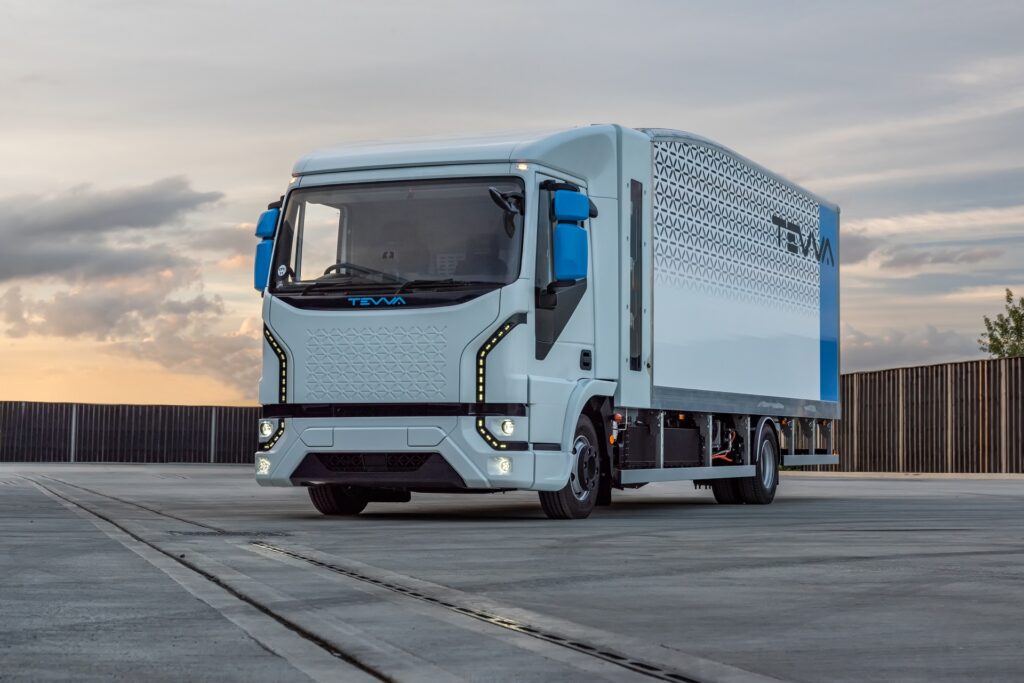Since introducing the Peugeot e-Expert Hydrogen at the end of last year, the French manufacturer has been one of the first manufacturers to offer electric vans powered by hydrogen fuel cells (H2).
This new commercial vehicle model, equipped with the most advanced electrification technology, is Peugeot’s commitment to its ambition to continue to expand the range of its emission-free mobility offering.
Thanks to the fast recharging of the hydrogen fuel cell, the Peugeot e-Expert can store hydrogen in 3 minutes to cover a distance of more than 400 km in full-electric mode. Peugeot claims, this will be a strong magnet for its customers in choosing electric vehicles.
The Stellantis brand also aims to invest in new, uncompromising mobility solutions with zero CO2 emissions and is optimistic about becoming a leader in hydrogen mobility.
This Peugeot e-Expert Hydrogen uses a new generation technology called “Next gen e-Van Hydrogen efficiency”. Based on the multi-energy platform EMP2 (Efficient Modular Platform), this van becomes an electric vehicle that combines a box of electrical energy sources namely battery-electric and hydrogen fuel cells.
A bundle of Stellantis’ “mid-power plug-in hydrogen fuel cell electric” electric fuel cell system, this system combines an electric rechargeable battery with a hydrogen fuel cell contained in a tube under the vehicle’s cab.
The Peugeot e-Expert Hydrogen fuel cell is supplied by a tank consisting of 3 tubes with a capacity of 4.4 kg of hydrogen under 700bar pressure which generates the power needed to propel the vehicle by supplying an electric engine. This technology is guaranteed to have zero CO2 emissions thanks to a reaction that produces an electric current while only releasing water from hydrogen vapor.
The hydrogen fuel cell is combined with a rechargeable lithium-ion battery with a capacity of 10.5 kWh and a power output of 120 hp (90 kW) which is located under the seat and supplies the electric engine during several driving phases. A three-phase 11 kW charger is also installed located in the engine compartment.
These two energy sources work together to drive a permanent magnet electric engine with 134 hp (100 kW) of power and 260 Nm of torque. Located on the front axle, this electric drive is similar to the full-electric e-Expert that stands out thanks to a gearbox adapted to the typical loading limitations of utility vehicles.
When the vehicle is at low speed, the high voltage battery will provide the electric engine with the power needed for traction. Meanwhile, at a steady or stable speed, the hydrogen fuel cell will supply energy directly to the electric engine.
During acceleration, overtaking or hill climbing a hydrogen fuel cell and a high voltage battery are combined to supply energy to the electric engine. Meanwhile, during braking and deceleration, the electric engine will recharge the high voltage battery automatically.
Power is available from the moment the car starts with immediate responsiveness, no vibration, no noise, no gear shifting, no odor and of course, no CO2 emissions. Water vapor from the exhaust pipe is the only emission from the system.
The high-voltage battery is guaranteed for 8 years or 160,000 km, so users can enjoy their vehicle with peace of mind.
This vehicle also has the same load volume characteristics as the diesel and electric battery versions where the load volume reaches 6.1 cubic meters, the total payload is up to 1,100 kg, and the towing capacity is up to 1,000 kg.
To ensure the safety of pedestrians in the city, when this van is traveling at a speed of 30 kph, an audible signal will be heard to warn of the presence of vehicles in forward and reverse gears.
This Peugeot was first produced in France, in Hordain (Nord, Hauts de France), then built in Rüsselsheim, Germany.
Peugeot e-Expert Hydrogen VAN Specifications:
- the possibility of driving unlimited distances without CO2 emissions
- possibility of filling the hydrogen tank in 3 minutes which achieves a range of 400 km according to the WLTP type-approval cycle (type-approval in progress)
- charging socket for high voltage battery
- 2 lengths (Standard and Long) with the same load capacity as the diesel version and the electric motor version (with battery)
- up to 6.1 m³ of cargo volume
- load up to 1000 kg
- possibility of towing up to 1000 kg
- adapting to all road and motorway conditions, while reaching a top speed of 130 km / h.

